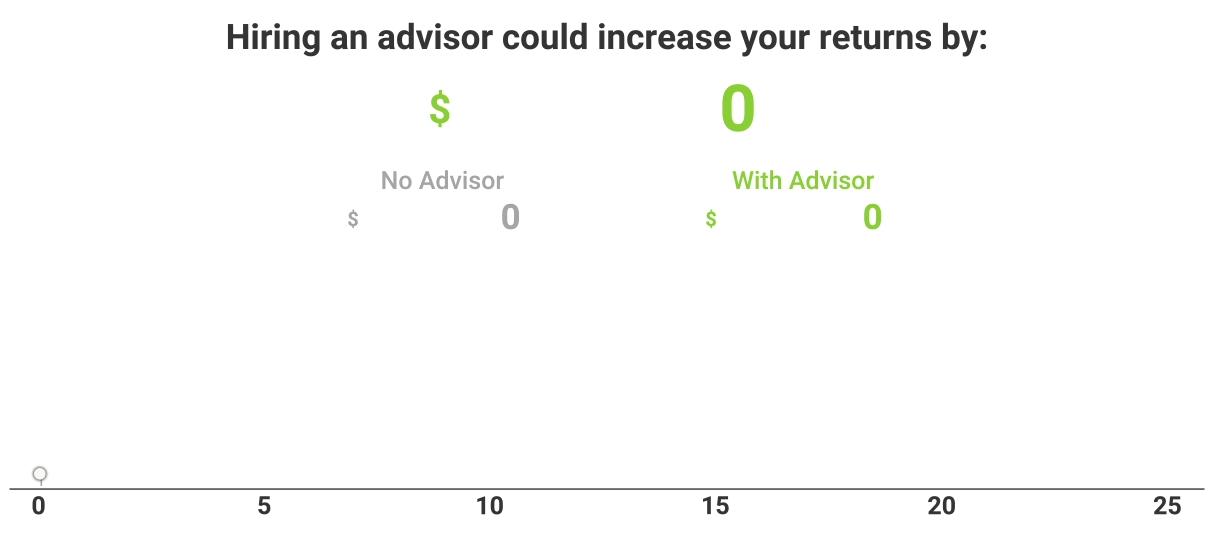Advertorial
ComparisonAdviser.com is a free, advertising-supported comparison website. The products & offers featured on this site are from third-party companies with which ComparisonAdviser.com receives compensation. This compensation impacts which products appear and ordering in which they appear. For the lowest rates, prices or best results there are many factors at play, be advised to compare these products & offers with your own personal context. See full disclaimers and policies for more details.
New Retirement Law Most Don’t Know About
Retirement is a major milestone—one that should come with excitement, security, and peace of mind. Yet, too many people enter this phase of life with uncertainty, unaware of key opportunities that could strengthen their financial future.

One of the biggest changes in recent years is the SECURE Act 2.0, a law designed to enhance retirement savings and provide more flexibility for retirees. However, many people still aren’t taking full advantage of these benefits. Understanding how these changes affect you could mean more money in your pocket and a more secure retirement.
How to Take Advantage of SECURE Act 2.0
The SECURE Act 2.0 introduces several changes that could make a significant
difference for retirees and those approaching retirement. Here are some key ways to benefit:
- Bigger Catch-Up Contributions – If you’re 50 or older, you can contribute even more to your retirement accounts, helping you boost your savings in the final stretch before retirement.
- Delayed Required Minimum Distributions (RMDs) – The age at which you
must start taking withdrawals from your retirement accounts has increased,
giving your investments more time to grow tax-deferred. - Employer Retirement Plan Matching for Student Loan Payments – If you’re still paying off student loans, your employer may now be able to contribute to your retirement account based on your loan payments.
- New Roth Options – The law expands access to Roth accounts, offering more opportunities for tax-free growth and Roth conversions.
Why Hiring a Financial Advisor (and a Fiduciary) Matters
If you’re unsure how these new opportunities fit into your retirement plan, a financial advisor can help you create a strategy tailored to your needs. However, it’s crucial to work with a fiduciary—a professional who is legally required to act in your best interest.
Financial Advisor vs. Fiduciary: What’s the Difference?
Not all financial advisors are fiduciaries. Some advisors may earn commissions by
selling specific financial products, potentially creating conflicts of interest. A fiduciary, on the other hand, is obligated to put your financial well-being first, offering unbiased recommendations that align with your goals.
The Added Value of a Fiduciary
One of the greatest benefits of working with a fiduciary is the confidence in knowing your retirement plan is built around your best interests. But beyond peace of mind, fiduciaries also deliver better financial results on average.
A study by Vanguard found that, over a 25-year period, a $500,000 portfolio could grow to over $3.4 million with an advisor versus just $1.69 million if self-managed—a difference of nearly 50%.

How to Find the Right Fiduciary Financial Advisor
Finding the right financial advisor doesn’t have to be complicated. We’ve built ComparisonAdviser to help simplify the process with a short questionnaire that will match you to a vetted fiduciary advisor to fit your needs.
